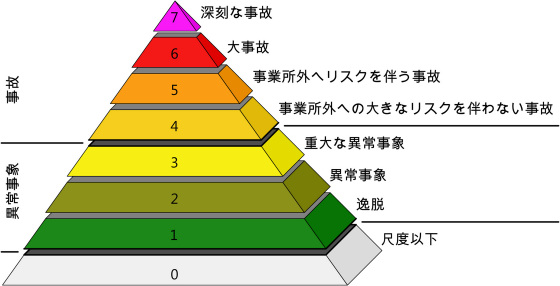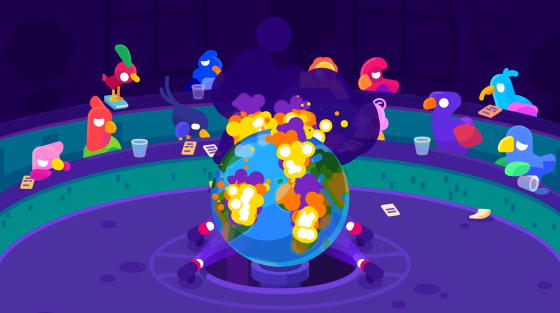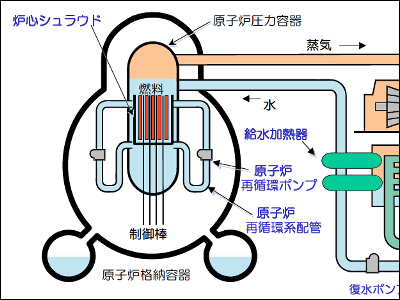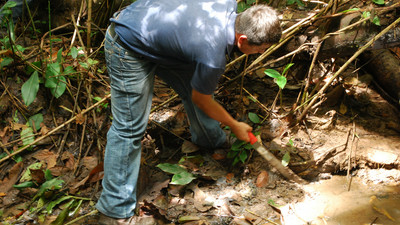How Many People Will A Nuclear Power Plant Accident Affect?

Sources – How Many People Did Nuclear Energy Kill?
https://sites.google.com/view/sources-nuclear-death-toll/
How Many People Did Nuclear Energy Kill? Nuclear Death Toll --YouTube
On December 20, 1951, the Idaho nuclear reactor ' EBR-I ' was successfully put into operation for the first time in the world, turning on four light bulbs and bringing a new era to the history of nuclear power. However, since this day, there will be about 30 nuclear accidents around the world.
Nuclear accidents have an accident size scale called the 'International Nuclear Event Scale (INES)' based on various criteria such as the amount of radioactive materials and chemical substances released by the accident and the number of casualties. .. INES is classified from 0 to 7, 0 is an accident within the operation limit range, 7 is a serious accident, and scale 7 has been the Chernobyl nuclear power plant accident that occurred in 1986 and in 2011. Only two cases of the Fukushima Daiichi Nuclear Power Station accident that occurred are classified.

by Silver Spoon
The Chernobyl nuclear power plant accident is considered the worst nuclear accident in history for many reasons. Reactor technology was old, poorly prepared for emergencies, slow government response, and focused on maintaining an external image rather than managing damage. The Chernobyl nuclear power plant accident killed 31 people and left about 140 suffering from various radiation hazards.

In addition, the radiation generated by the Chernobyl nuclear power plant accident is said to have increased the risk of cancer and other factors in thousands of people and affected their lifespan. The number of victims who have died or may die from exposure has been calculated by various agencies, but the most pessimistic estimate was made by the European Green Party 's TORCH in 2006. report , the number of victims According to the report is that it is 60,000 people from 30,000 people. The TORCH report has been discussed and revised several times since then, setting a median number of victims of 40,000 as of 2016.
The Fukushima Daiichi Nuclear Power Station accident is considered to be the second largest nuclear accident in history. However, Kurzgesagt said the plant used far superior technology and security measures than the Chernobyl nuclear power plant, and the response by staff and government was quick and accurate. The Fukushima Daiichi Nuclear Power Station's warning and evacuation order areas are smaller than those of Chernobyl, and with prompt evacuation orders by the government, the expected health impact is said to be lower than that of the Chernobyl nuclear power plant accident. ..

However, the Fukushima Daiichi Nuclear Power Station accident also caused many deaths. According to the survey results (PDF file) released by the Yomiuri Shimbun in 2012, 13 municipalities around the Fukushima Daiichi Nuclear Power Station were damaged and 573 people were confirmed dead. On the other hand, it is said that the cause of death was not a direct cause of radiation, but a mental illness such as stress caused by a disaster.
People within 20km of the Fukushima Daiichi Nuclear Power Station must be evacuated by an evacuation process that is not systematized during the panic of the Great East Japan Earthquake, and people are at risk, especially the elderly. became. It is estimated that 65% of people who lost their lives in the circumference of 20km are over 60 years old.
On the other hand, the number of deaths from exposure caused by the Fukushima Daiichi nuclear power plant accident and the number of victims who may die in the future are said to be much smaller than those of the Chernobyl nuclear power plant accident. According to a study by Jean Beyer et al., Who holds a PhD in nuclear physics from Columbia University, the average predicted minimum and maximum number of future deaths is around 1000.
In addition, at the time of the Fukushima Daiichi Nuclear Power Station accident, it became a hot topic that 'radiation may cause thyroid cancer in children frequently.' A 2013 study by WHO concluded that the risk of developing thyroid cancer was actually 70% higher than that of other types of cancer, but at the same time WHO said, 'Since the incident, 18 Since thyroid examinations for Fukushima residents under the age of are now conducted every year, it is possible that even risks that do not affect life have been detected. ' According to the 2018 survey , of the 324,301 people who were 18 years old or younger at the time of the accident, 187 had thyroid cancer.

By the way, Kurzgesagt also describes the impact of other power generation methods such as thermal power, wind power and hydropower on people for reference. Hydropower has killed hundreds of thousands of people and fossil fuel air pollution has killed about 100 million people in the last half-century, according to surveys such as our World in Data website, which publishes statistical data. It has been.

'There are various claims about the use of nuclear power,' Kurzgesagt said, arguing that the storage of nuclear waste is an important issue for the safe use of nuclear power plants.
Related Posts:
in Posted by log1p_kr







